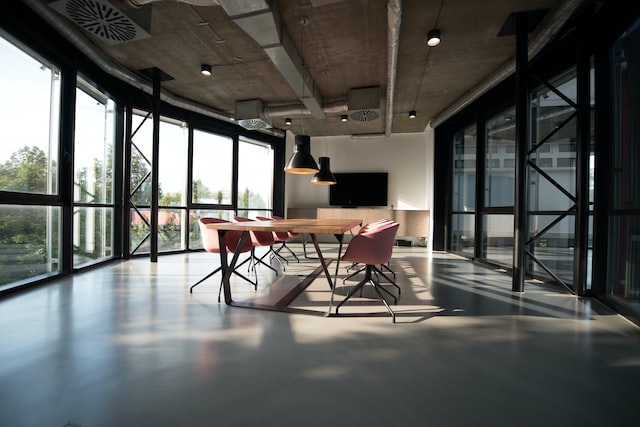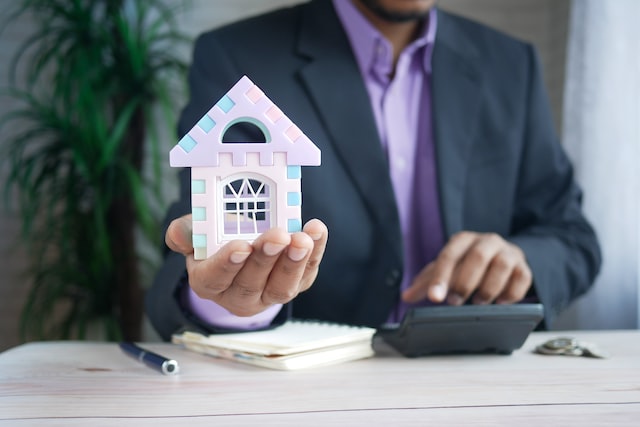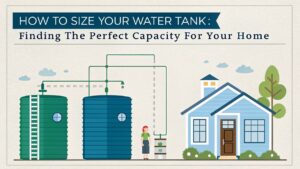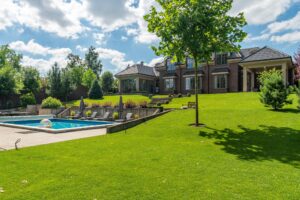
As concerns about the environment and sustainability continue to grow, more and more commercial property owners are considering obtaining LEED (Leadership in Energy and Environmental Design) certification for their buildings. LEED is a rating system developed by the U.S. Green Building Council (USGBC) to evaluate the environmental performance of a building and encourage the adoption of sustainable practices in the design, construction, and operation of buildings.
But what exactly are the benefits of choosing a LEED-certified commercial building, and is it worth the investment? In this article, we’ll explore the various advantages of LEED certification and how it can benefit both property owners and occupants.
Definition of LEED Certification
LEED is a voluntary rating system that evaluates the environmental performance of a building based on a set of pre-determined criteria. Buildings can be certified at different levels – Certified, Silver, Gold, or Platinum – depending on the number of points they earn in categories such as energy efficiency, water efficiency, indoor environmental quality, and sustainable site development.
To become LEED-certified, a building must go through a certification process that includes a review of the design and construction documentation, as well as on-site inspections to verify that the building meets the required standards. Once a building is certified, it must also meet certain requirements for ongoing operation and maintenance to maintain its LEED status.
Brief Overview of the LEED Rating System
The LEED rating system is divided into several categories, each of which evaluates a specific aspect of a building’s environmental performance. These categories include:
Sustainable Sites: This category looks at the impact of the building on the surrounding site, including the use of native and drought-resistant plants, the provision of alternative transportation options, and the management of stormwater runoff.
Water Efficiency: This category evaluates the building’s water use, including the use of low-flow plumbing fixtures, greywater systems, and rainwater harvesting.
Energy and Atmosphere: This category looks at the building’s energy use and greenhouse gas emissions, including the use of energy-efficient appliances and lighting, the use of renewable energy sources, and the insulation of the building envelope.
Materials and Resources: This category evaluates the building’s use of recycled and locally-sourced materials, as well as the use of materials that have low levels of embodied energy and emissions.
Indoor Environmental Quality: This category looks at the air quality, lighting, and acoustics of the building, as well as the provision of natural light and views of the outdoors.
Innovation and Design Process: This category recognizes buildings that go above and beyond the LEED requirements in terms of sustainability and innovation.
Energy Efficiency
One of the most obvious benefits of choosing a LEED-certified commercial building is improved energy efficiency. Buildings are responsible for a significant portion of global greenhouse gas emissions, and energy use is a major contributor to these emissions. By designing and operating a building in a more energy-efficient manner, property owners can significantly reduce their carbon footprint and save money on energy costs.
LEED-certified buildings are designed to be more energy-efficient through a variety of measures, such as the use of energy-efficient appliances and lighting, the insulation of the building envelope, and the use of renewable energy sources. These measures can result in significant energy savings – up to 50% in some cases – which can translate into significant cost savings for property owners.
In addition to energy savings, improved energy efficiency can also lead to improved indoor air quality. By reducing the amount of energy needed to heat, cool, and light a building, LEED-certified buildings can help to reduce the number of pollutants and contaminants in the air, leading to a healthier and more comfortable environment for occupants.
Sustainability
Another benefit of choosing a LEED-certified commercial building is the increased sustainability of the building. LEED-certified buildings are designed to minimize their impact on the environment by using recycled and locally-sourced materials, reducing water usage, and incorporating sustainable site development practices.
For example, LEED-certified buildings may use recycled materials in their construction, such as recycled steel or recycled concrete, which can reduce the demand for virgin materials and the associated greenhouse gas emissions. They may also use locally-sourced materials, which can reduce transportation emissions and support the local economy.
In addition, LEED-certified buildings are designed to be water-efficient, with low-flow plumbing fixtures, greywater systems, and rainwater harvesting systems that can significantly reduce water usage. This not only saves water resources, but it can also lead to cost savings for property owners in areas where water is expensive.
Cost Savings

In addition to energy and water cost savings, choosing a LEED-certified commercial building can also lead to cost savings in other areas. Many states and localities offer incentives and tax breaks for buildings that are LEED-certified, which can offset the initial cost of obtaining certification.
In the long term, LEED-certified buildings can also lead to cost savings on utilities and maintenance. Energy-efficient buildings require less energy to operate, which means lower utility bills for property owners. Similarly, buildings with high-quality indoor air and lighting can lead to fewer maintenance issues and lower maintenance costs.
Improved Occupant Health and Productivity
One of the less obvious benefits of choosing a LEED-certified commercial building is the improved health and productivity of the building’s occupants. Buildings that are designed with a focus on indoor air quality, natural light, and access to views of the outdoors have been shown to have a positive impact on occupant health and well-being.
LEED-certified buildings are designed to minimize the use of toxic materials, such as paints and finishes, which can help to improve indoor air quality. They are also designed to maximize the use of natural light, which can help to improve the mood and productivity of occupants. In addition, LEED-certified buildings often include features such as outdoor seating areas and green roofs, which can provide access to nature and contribute to a sense of well-being.
Increased Property Value and Marketability

In addition to the direct benefits to property owners and occupants, choosing a LEED-certified commercial building can also lead to increased property value and marketability. Green buildings, particularly those with a high level of certification, are in high demand from both tenants and buyers, and as a result, they can command higher rent and sale prices.
In addition, LEED-certified buildings may have a competitive advantage in the marketplace, as more and more companies are looking for environmentally-friendly buildings to house their operations. By choosing a LEED-certified building, property owners can differentiate their property from competitors and appeal to a wider range of potential tenants and buyers.
Conclusion
In conclusion, choosing a LEED-certified commercial building has a wide range of benefits for both property owners and occupants. From energy and water cost savings to improved indoor air quality and occupant health, to increased property value and marketability, there are many reasons to consider LEED certification for your building. If you’re a property owner considering LEED certification, be sure to research the available incentives and tax breaks in your area, as well as the long-term cost savings that a LEED-certified building can provide.
It’s important to note that obtaining LEED certification can be a time-consuming and expensive process, but the benefits of certification can often outweigh the initial costs. Property owners who are considering LEED certification should work with a team of professionals, including architects, engineers, and contractors, who have experience in designing and building green buildings.
Overall, choosing a LEED-certified commercial building is a responsible and forward-thinking decision that can provide numerous benefits for both property owners and occupants. By investing in a LEED-certified building, property owners can help to reduce their environmental impact, save on energy and water costs, and create a healthier and more comfortable environment for their occupants. So, if you’re a property owner considering a new building or retrofitting an existing one, consider the benefits of LEED certification and make the choice that’s best for you, your property, and the environment.







